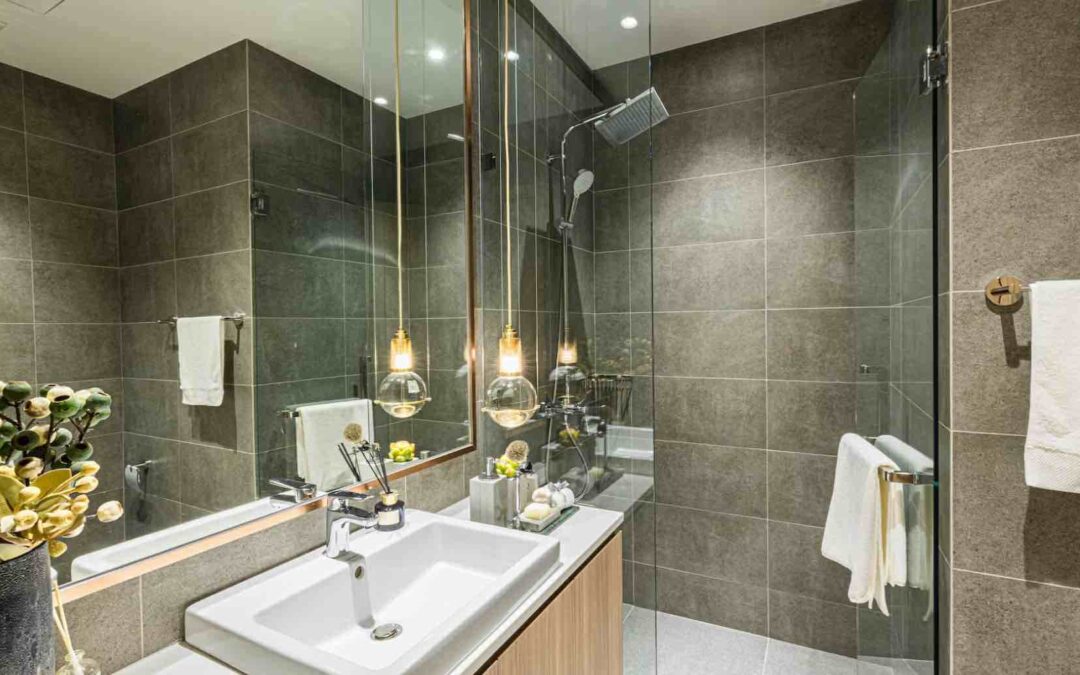Your toilet is a vital part of your daily life, but it’s easy to take it for granted until problems arise. Knowing when it’s time to replace your toilet can save you from unexpected inconveniences and costly repairs. In this blog, we’ll explore additional signs and red flags that indicate you should consider replacing your toilet to ensure a more efficient and trouble-free bathroom experience.
- Constant Running: A constantly running toilet is not only irritating but also a waste of water and money. If you find that your toilet tank doesn’t stop refilling, even after adjusting the float or flapper, it might be time for a replacement. Older toilets may have worn-out internal components that lead to persistent running.
- Visible Mineral Deposits: Mineral deposits can build up over time in the bowl or tank, affecting both the aesthetics and functionality of your toilet. Even with regular cleaning, stubborn stains and deposits may be impossible to remove from older toilets. Upgrading to a new toilet will provide a fresh, clean look and improved flushing performance.
- Unstable or Loose Toilet: If your toilet wobbles or moves when you sit on it, it could indicate an issue with the toilet’s anchoring to the floor. Loose toilets can lead to water leaks and further damage over time. Replacing the toilet and ensuring proper installation will provide a stable and secure fixture.
- Age of the Toilet: While toilets are durable fixtures, their lifespan is not indefinite. If your toilet is over 15 years old, it may be nearing the end of its serviceable life. Upgrading to a newer model with improved water efficiency and features can save you money in the long run.
- Difficulty in Finding Replacement Parts: As toilets age, finding compatible replacement parts can become increasingly challenging. If your toilet requires repairs and you’re struggling to find suitable replacement components, it may be more cost-effective to replace the entire fixture.
- Excessive Noises: Constant gurgling, hissing, or other unusual noises from your toilet may indicate internal issues that require attention. Aging toilets may develop worn-out mechanisms or damaged flappers, leading to disruptive and bothersome sounds.
- Limited Water-saving Features: Older toilets may lack water-saving features such as dual-flush options or low-flow technology. By upgrading to a water-efficient toilet, you can contribute to water conservation and reduce your monthly utility bills.
- Safety Concerns: Toilets that are too low or too high can cause discomfort and safety hazards, especially for individuals with mobility issues. Replacing your toilet with a model that suits your height and needs can enhance comfort and accessibility.

